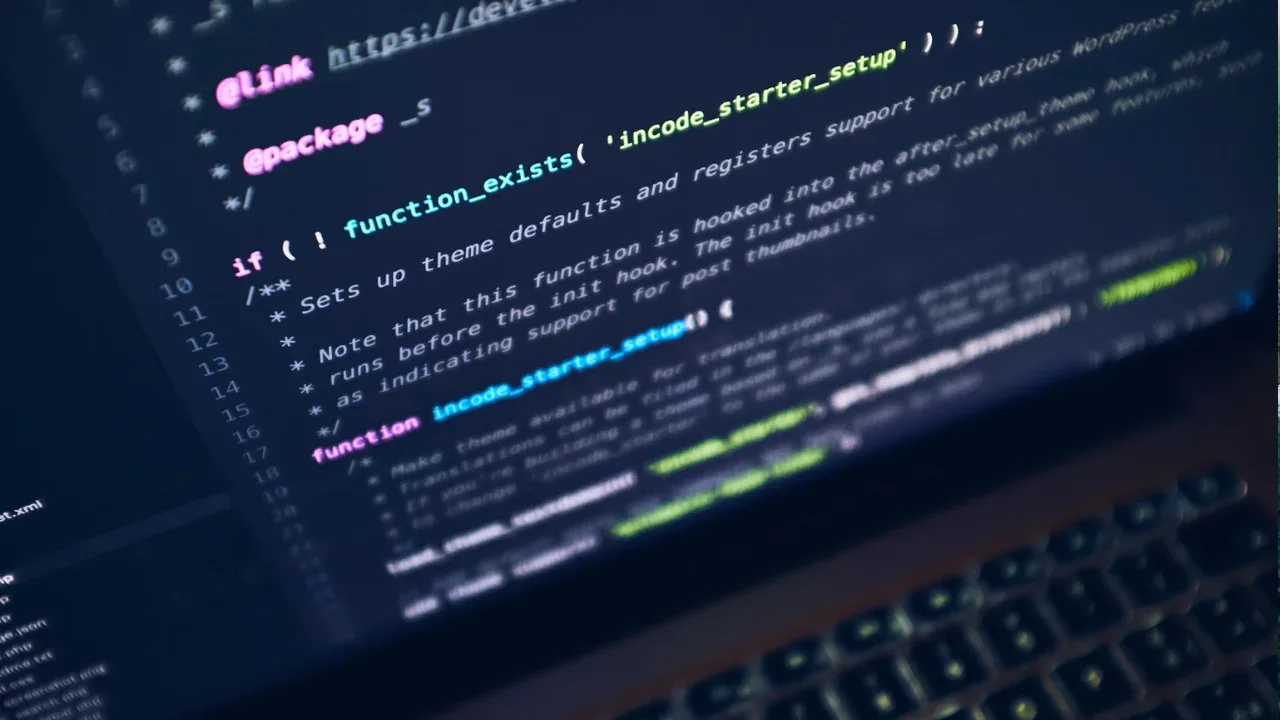Creating a JSON response using Django and Python

Creating a JSON response using Django and Python 🐍
So, you're trying to convert a server-side Ajax response script into a Django HttpResponse, but it's not working as expected. Don't worry, I got you covered! In this post, we'll dive into the process of creating a JSON response using Django and Python.
The Problem 😖
The server-side script you shared seems to be in PHP, and you want to convert it into Python using Django. The primary issue you're facing is with the 'echo' statement in PHP, which is not compatible with Django's HttpResponse. Let's tackle this problem step by step.
The Solution 💡
To create a JSON response using Django and Python, follow these simple steps:
Import the necessary modules:
from django.http import HttpResponse
from django.shortcuts import render_to_response, RequestContext
import jsonDefine a view function and handle the Ajax POST request:
def validate_user(request):
if request.method == 'POST':
vld_value = request.POST.get('validateValue')
vld_id = request.POST.get('validateId')
vld_error = request.POST.get('validateError')Build the JSON response using a Python list or dictionary:
array_to_js = [vld_id, vld_error, False]
if vld_value == "TestUser":
array_to_js[2] = True
x = json.dumps(array_to_js)
return HttpResponse(x)
else:
array_to_js[2] = False
x = json.dumps(array_to_js)
error = 'Error'
return render_to_response('index.html', {'error': error}, context_instance=RequestContext(request))Handle the GET request in case an incorrect request method is used:
return render_to_response('index.html', context_instance=RequestContext(request))Don't forget to update your URLs to map to the view function in your Django project's
urls.pyfile.
That's it! You have successfully created a JSON response using Django and Python. 🎉
Now, let's address the specific issues in the code you shared:
The 'echo' statement in PHP is replaced by
return HttpResponse(x)in our Python code.We use the
json.dumps()function to convert the Python list into a JSON string.Ensure you have the
jsonmodule imported to use thejson.dumps()function.The
render_to_response()function is used to return an HTML response with an error message in case the validation fails.
Conclusion 🎯
Converting a server-side Ajax response script into a Django HttpResponse doesn't have to be complicated. By following the steps outlined above, you can easily create a JSON response using Django and Python.
Feel free to explore more about Django's HttpResponse and JSON serialization in the official Django documentation. And if you have any questions or face any issues, don't hesitate to reach out to me or leave a comment below. Happy coding! 💻
[Call-to-action: Join the discussion and share your experience with Django and JSON responses in the comments section below! 🗣️]


